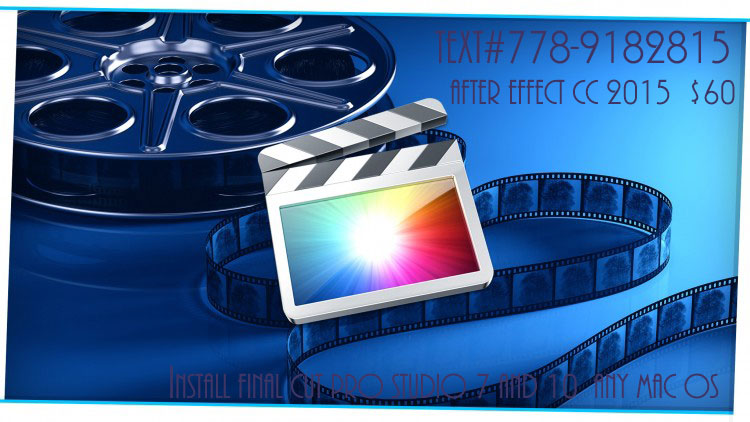

Change a block’s text or background color – click anywhere and type /red (or any other supported color) to zoom to that color option.turnbullet to highlight the Bullet List block type. You can keep typing to narrow this down – e.g. You’ll see options for transforming the block into something else. Change a block’s type – click anywhere in a block and type /turn.However, there are a couple of useful formatting tricks for which you can use the Slash command: Using the Slash command to change a block’s type and background color. That’s what the other methods we’ve discussed are for. It can’t really be used to format a precise selection of text. In general, the Slash command is used to create new blocks or to change the type of an existing block.
#Notepad++ shortcut to format text full#
Some (such as footnotes) are simply not included, while others (like image embedding) are achieved using other tools like the slash command.įor a full breakdown of Notion’s Markdown support, see Markdown Guide’s breakdown. Note that not all Markdown features are supported within Notion. The table below gives you a quick reference to all of the Markdown commands available to you within Notion. From there, choose Markdown & CSV as your export format. You can find this at the top-right 3-dot menu → Export. md file, which will contain all the original markup. While Notion does this, it also gives you to option to export a plaintext. Some Markdown purists don’t like WYSIWYG Markdown editors because they strip away the markup characters. You’ll also find this type of Markdown system in apps like Slite, Roam Research, Bear, and Whimsical Docs (which might have my favorite text editor of any app – ask me why on Twitter).

Notion applies Markdown formatting immediately.


 0 kommentar(er)
0 kommentar(er)
